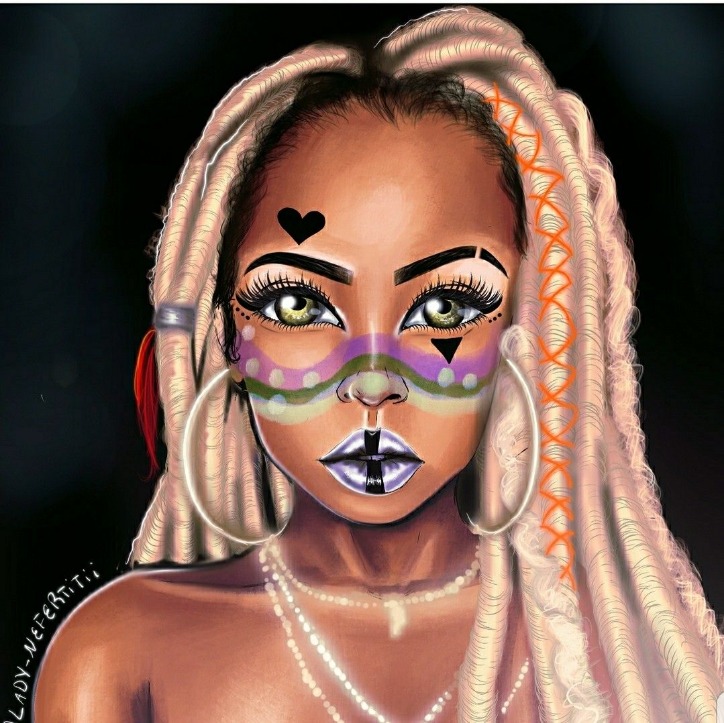The term Black Art signifies a rich tapestry of creativity that traverses various domains, including visual arts, music, dance, and literature. Rooted deeply in the African American experience, Black Art serves as both a mode of expression and a beacon for cultural identity and social justice. This article explores the evolution, significance, and ongoing influence of Black Art across different mediums.
The Origins of Black Visual Art
From the intricate carvings and beadwork of African tribes to the bold graffiti art in urban settings, Black Visual Art has always been a vital expressive outlet. During the Harlem Renaissance of the 1920s and 1930s, artists like Aaron Douglas and Augusta Savage emerged, using their talents to reflect and critique the societal issues facing African Americans. Their works laid the foundation for future generations to explore and expand the boundaries of Black Art.
Harlem Renaissance: A Landmark Movement
The Harlem Renaissance was a watershed moment for Black Visual Art. It marked the first time that African American artists gained significant recognition and patronage. These artists used their platforms to challenge stereotypes and present authentic narratives. The movement not only redefined the artistic landscape but also played an instrumental role in the civil rights movements that followed.
Black Music: A Soundtrack of Resistance and Resilience
Music has always been a potent form of Black Art. From the soulful melodies of the blues to the rebellious rhythms of hip-hop, Black musicians have continuously pushed the envelope, using their art to communicate the complexities of the Black experience. Icons like Nina Simone and Kendrick Lamar have masterfully used musical elements to address themes of oppression, identity, and liberation.
The Rise of Hip-Hop
Read more about Black Art here.
Emerging in the late 1970s, hip-hop quickly became a powerful force in Black Music. This genre offered a new voice to the marginalized, addressing systemic issues such as poverty, police brutality, and racial inequality. Today, hip-hop remains an influential global phenomenon, influencing numerous other art forms and industries.
Black Literature: Narratives of Empowerment
Black Art in literature has produced some of the most compelling stories and characters. Writers like Toni Morrison, James Baldwin, and Maya Angelou have used their literary prowess to delve into the African American psyche, exploring themes of identity, struggle, and resilience. Through their works, they have fostered greater understanding and appreciation for the Black experience.
The Legacy of African American Writers
The contributions of African American writers go beyond mere storytelling; they provide a social commentary that challenges readers to reflect on their own beliefs and prejudices. Their works are essential in understanding the broader spectrum of Black Art and its role in societal transformation.
The Future of Black Art
The landscape of Black Art continues to evolve, embracing new media and technologies. Digital platforms have democratized access to art, allowing Black artists to reach wider audiences and engage with global narratives. The increasing representation and recognition in mainstream media and institutions signal a promising future for Black Art.
In summary, Black Art stands as a testament to the resilience, creativity, and cultural richness of the African American community. It spans multiple disciplines and continues to inspire, challenge, and evoke change.

Leave a Reply